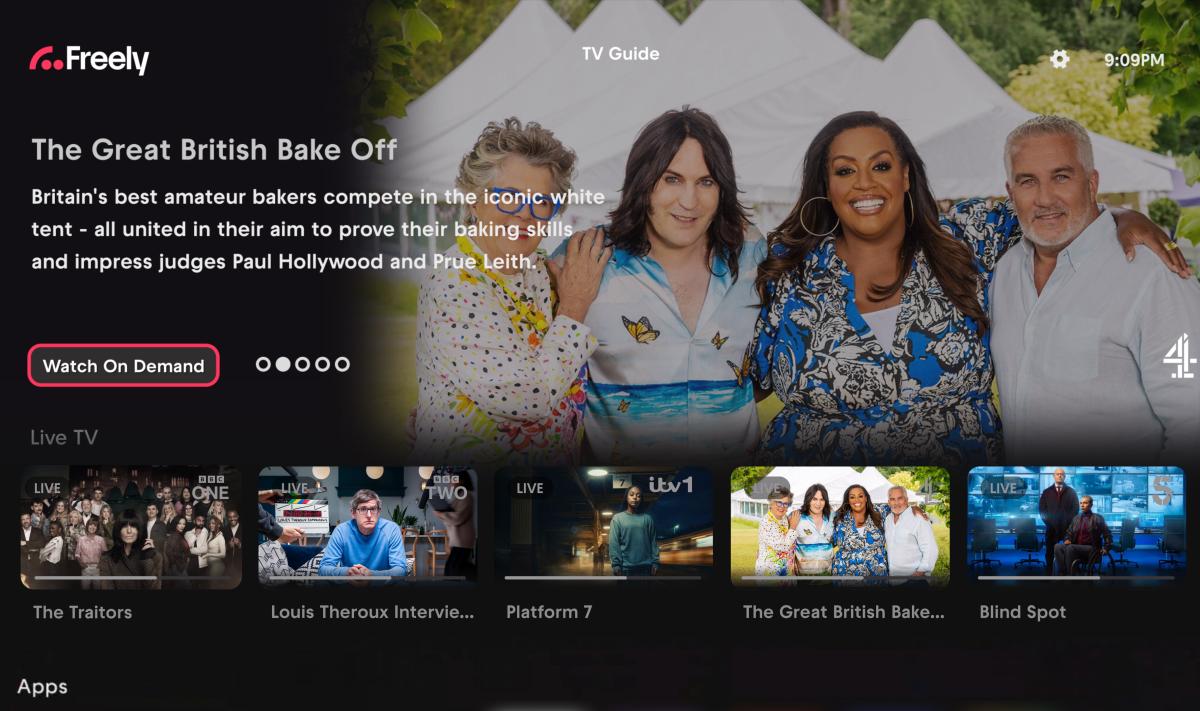 In the run up to November’s US Presidential election, huge amounts of money are still being traditional media to reach and persuade American voters. A new report from Say Media, a digital publisher, questions whether the mediums that receive most of that money – TV and radio – are still as successful in reaching voters as it has been in they have been in the past.
In the run up to November’s US Presidential election, huge amounts of money are still being traditional media to reach and persuade American voters. A new report from Say Media, a digital publisher, questions whether the mediums that receive most of that money – TV and radio – are still as successful in reaching voters as it has been in they have been in the past.
The survey found that 29 percent of respondents indicated that they had not watched television at all over the past seven days (the study was carried out in June 2012), suggesting that the shift in consumer behaviour and the fragmented media landscape has profound implications for political advertisers on how to manage their marketing efforts.
The shift is of course down to the increase in video consumption on tablets, mobile and other PC, but Say Media also predict that few people will return to linear content consumption once they become used to making time-shifted media consumption fit around their busy lives.
In 2012, we found that a similar portion of likely voters still consider live TV their primary platform for watching video content, at 56 percent. However, among 18- to 44-year-olds, other primary ways of watching video content saw noticeable growth. Watching video on the Internet increased to 15 percent and streaming via various devices increased to 10 percent.
While these portions are still relatively small compared with TV, it indicates a shift in media consumption on new platforms, which are gaining momentum among younger voters. Once younger voters acquire these devices, learn how to be more efficient in their media consumption and make media work around their life, it’s unlikely they will shift back to live TV, where programming options and schedules are out of their control.
You can read the full report here.




